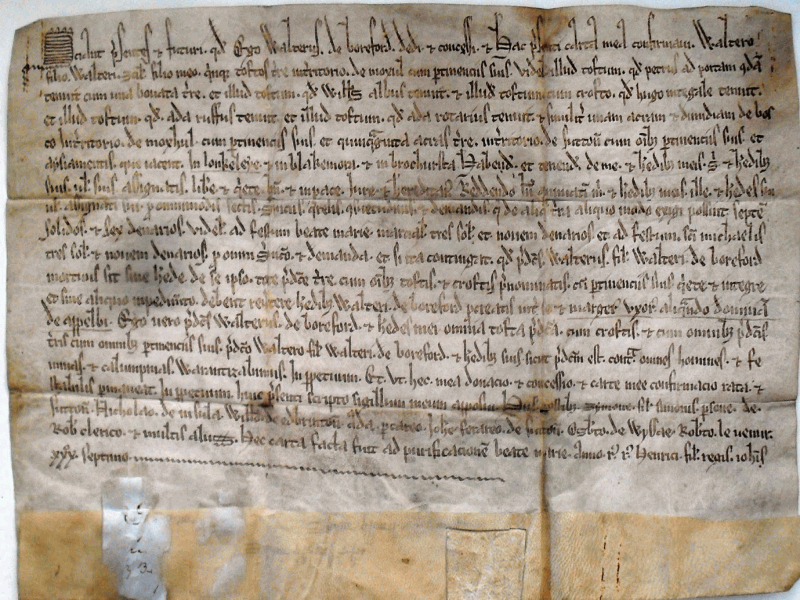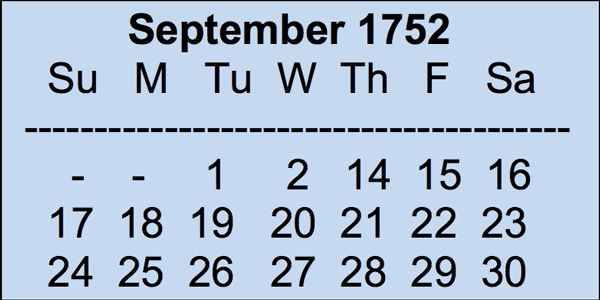Knowing he was dying, Thomas Clifton of Sutton Coldfield made his will on the eighth of November 1684, and he was buried five days later, on November thirteenth 1684. Francis Clifton, son of Thomas, was the executor of the will, and in order to prove the will it was necessary for two neighbours, Richard Rogerson and Thomas Freeman, to value Clifton’s goods and chattels, and this was done on January 3rd. In practice, most people thought of January 1st as new year’s day, the beginning of 1685, but legally the new year did not begin until March 25th, so the inventory of goods and chattels is dated the “ third day of January Anno Domini 1684”.
This confusing situation, where the new year officially began on Lady Day, March 25th, but most people celebrated New Year’s Day on January the first, was resolved by Act of Parliament - the "Calendar Act" of 1751 An Act for Regulating the Commencement of the Year; and for Correcting the Calendar now in Use. Officially, 1751 began on March 25th and ended on December 31st, a nine-month year.
The Calendar Act also changed us from the Julian Calendar to the Gregorian Calendar; the two calendars were out of step, January 1st in the Julian being the same day as January 12th in the Gregorian, and so in 1752 September 2nd was followed by September 14th. This meant the loss of some Saints days, particularly the Nativity of the Virgin Mary on September 8th, so there was a move to celebrate saints days according to the old Julian Calendar. St Simon and St. Jude’s day is October 28th, and if this was celebrated in 1752 according to the old calendar it would officially be November 8th, so the Warden of Sutton was in a quandary. The Town Charter stipulated that the Autumn Fair must be held on St. Jude’s Day, but should this be 28th October, 8th November, or even a fair on both days? The Warden took legal advice (the letter is in the Borough Records), and held the fair on October 28th new style.
In earlier centuries documents were dated by a different system - a charter of February 2nd 1252 is dated “Hec carta facta fuit ad purificacione beate marie anno regno regis Henrici filii regis Johannis xxx septimo (this charter was made on the feast of the Purification of Saint Mary in the year of the reign of King Henry son of King John the thirty-seventh). The Sutton Court Roll of 20th October 1416 is headed “the Tuesday after St. Luke’s day in the fourth year of the reign of Henry the fifth since the Conquest”. Dating by regnal year gave extra work to the scribes, as the heading for the 1558 court shows “in the year of the reigns of Phillip and Mary by God’s grace King and Queen of England Spain France and also of Sicily Jerusalem and Ireland defenders of the faith Archduke of Austria Duke of Burgundy Milan and Brabant Count of Hapsburg Flanders and Tyrol 5th and 6th.”.

